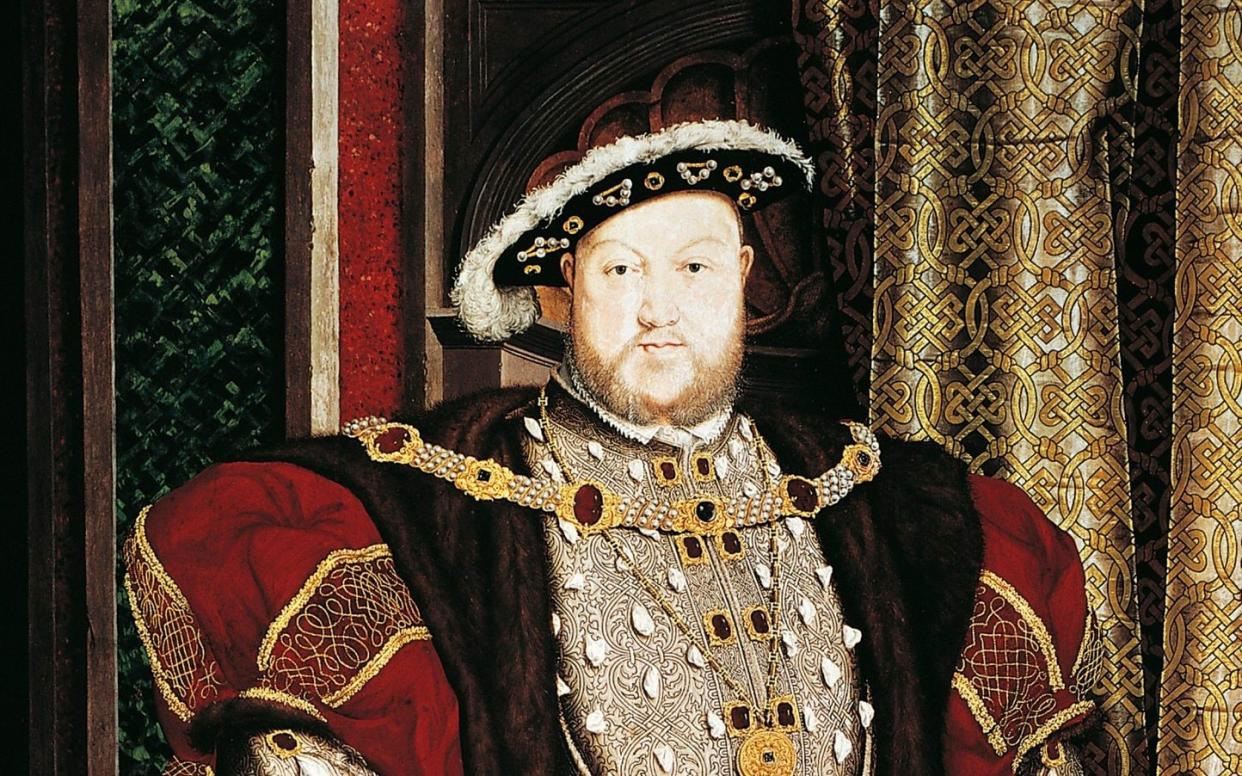Site of Henry VIII legend given protected status

A Richmond Park site where legend held that Henry VIII awaited a sign of Anne Boleyn's execution has been made scheduled monument
It was traditionally thought the Tudor monarch watched for a rocket rising from the Tower of London to signal the beheading of his wife, and his new freedom to marry Lady Jane Seymour.
King Henry’s Mound has been given protected status by Historic England, and experts believe it was most likely an Iron Age burial site which attracted the later legend after the 1536 execution.
Prior to the apocryphal tale being told, the site in Richmond Park was also a popular hunting spot for figures including Elizabeth I, and has been scheduled as a nationally important site.
Henry VII made use of the park, and his tempestuous son was said to have eagerly awaited the execution of his wife from a mound in the area.
Despite this centuries-old tale being unfounded, the king being away in Wiltshire at the time, experts believe the site deserves to be protected from development and damage.
Heritage Minister Nigel Huddleston said: "The King Henry VIII mound has been an important part of the landscape of Richmond Park for centuries, and while part of its story may only be legend, it is fitting that we are protecting the site for future generations."
The mound is thought to be an ancient round barrow funerary monument dating from between 2400-1500 BC, making an unusual monument within Greater London. It was later used as a viewing platform above the chaos of royal hunts.
The centre of the capital is still visible from the raised spot, which could yield archaeological information on Bronze Age funerary practices, and Medieval hunting.
Duncan Wilson, Historic England chief executive, said: “It illustrates both change and continuity, and has clearly been a special place for thousands of years. It clearly merits the protection being conferred on it today.”


